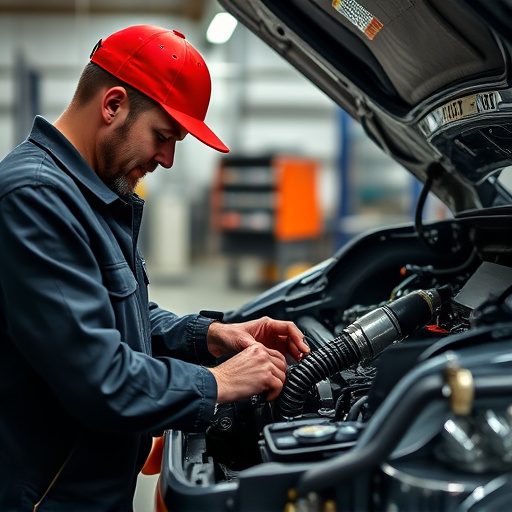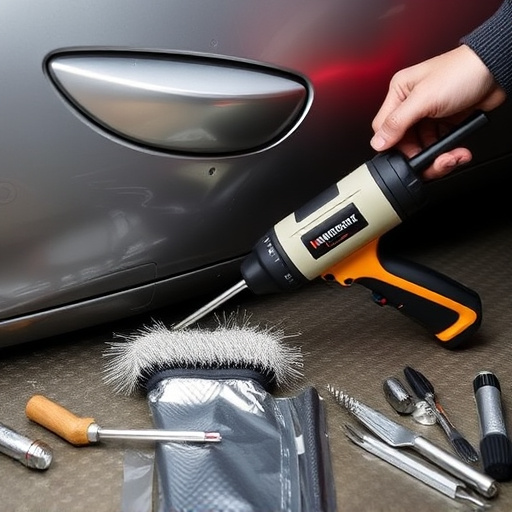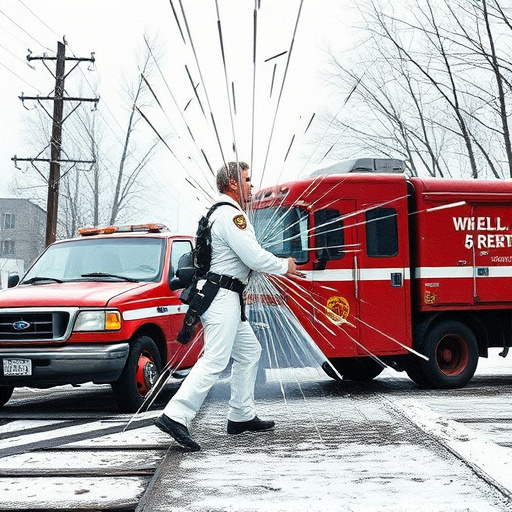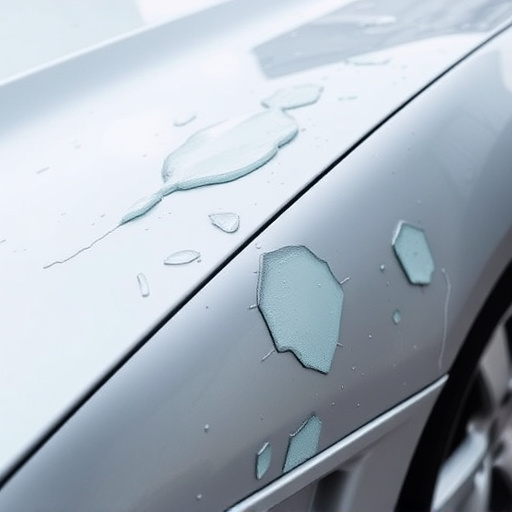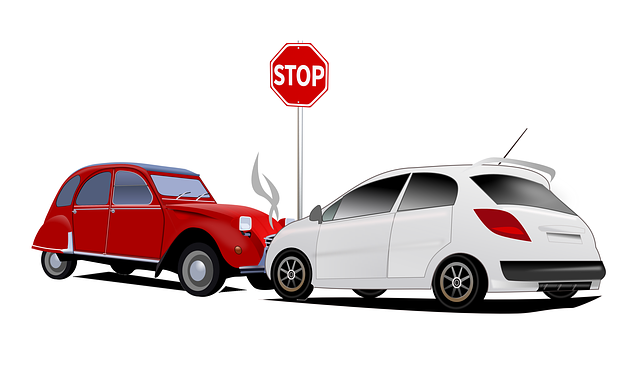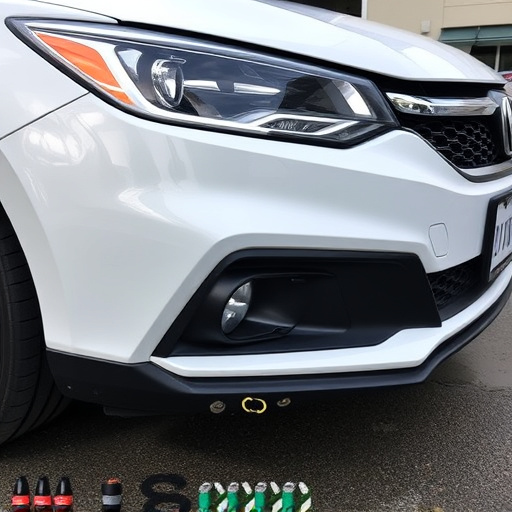Insurance-approved repair standards are crucial guidelines for auto shops to follow, ensuring replacements meet original specifications and providing transparency through meticulous documentation. Proper record-keeping involves detailing parts, labor, and diagnostics, fostering trust with insurers and simplifying claims processes while upholding quality and industry standards. Effective practices safeguard clients and insurance providers alike.
In the realm of insurance claims, understanding and adhering to approved repair standards is paramount for both insurers and policyholders. This article delves into the critical role documentation plays in streamlining the process, ensuring transparency, and upholding quality control during insurance-approved repairs. By examining key aspects such as repair standards, efficient claims processing, and meticulous records keeping, we uncover how proper documentation fosters trust and facilitates a seamless recovery experience for all parties involved.
- Understanding Insurance-Approved Repair Standards
- Documentation: The Key to Efficient Claims Processing
- Ensuring Quality and Transparency through Proper Records Keeping
Understanding Insurance-Approved Repair Standards

Insurance-approved repair standards are crucial guidelines set by insurance companies to ensure that vehicle repairs are carried out to a specific set of criteria. These standards dictate what materials and methods can be used, ensuring that replacements match the original specifications. Adhering to these guidelines is essential for any car repair shop looking to offer insurance-approved repairs.
For instance, when dealing with a Mercedes Benz collision repair, precision and originality are paramount. The repair process must adhere to the manufacturer’s strict standards to maintain the vehicle’s integrity. Similarly, in the case of a vehicle dent repair, professionals need to be adept at both technical skill and understanding these insurance-approved repair protocols.
Documentation: The Key to Efficient Claims Processing

Documentation plays a pivotal role in streamlining the claims processing for insurance-approved repairs, especially when it comes to high-value assets like luxury vehicles. Meticulous record-keeping ensures that every step of the repair process is transparent and traceable, which is crucial for both insurers and policyholders. Detailed documentation includes part replacements, labor hours, and technical specifications, providing a clear picture of the work performed.
For instance, in the case of intricate procedures like frame straightening, comprehensive notes on the before-and-after conditions of the vehicle are essential. These records not only facilitate faster claims settlements but also serve as a reference for future maintenance and repair works, ensuring that luxury vehicle repairs meet the highest standards. Effective documentation ultimately fosters trust between insurance providers and repair shops, simplifying the process for all parties involved in insurance-approved car repair services.
Ensuring Quality and Transparency through Proper Records Keeping

Proper records keeping plays a pivotal role in ensuring quality and transparency during insurance-approved repairs at an auto repair shop. Meticulous documentation serves as a safeguard for both the client and the repair facility, providing a clear audit trail of every step taken during the vehicle collision repair process. This includes detailed notes on parts replaced, labor performed, and diagnostics conducted. By maintaining comprehensive records, the auto repair shop can demonstrate expertise and accountability, fostering trust with insurance providers.
Through effective record-keeping practices, an auto repair shop can accurately track changes made to a vehicle, ensuring that repairs align with industry standards and regulatory requirements. This transparency is crucial for resolving disputes and facilitating efficient claims processing. For instance, detailed records of parts used in a vehicle repair allow for easy verification should the insurance company request proof of genuine or approved components. Thus, proper documentation enhances the overall integrity of the insurance-approved repair process for both parties involved in a vehicle collision repair.
Insurers heavily rely on comprehensive documentation for insurance-approved repairs, as it ensures quality work and transparent claims processing. By adhering to strict standards and maintaining meticulous records, technicians can expedite claim approvals and provide clients with reliable, high-quality service. Effective documentation is a cornerstone of successful insurance-approved repair processes.

